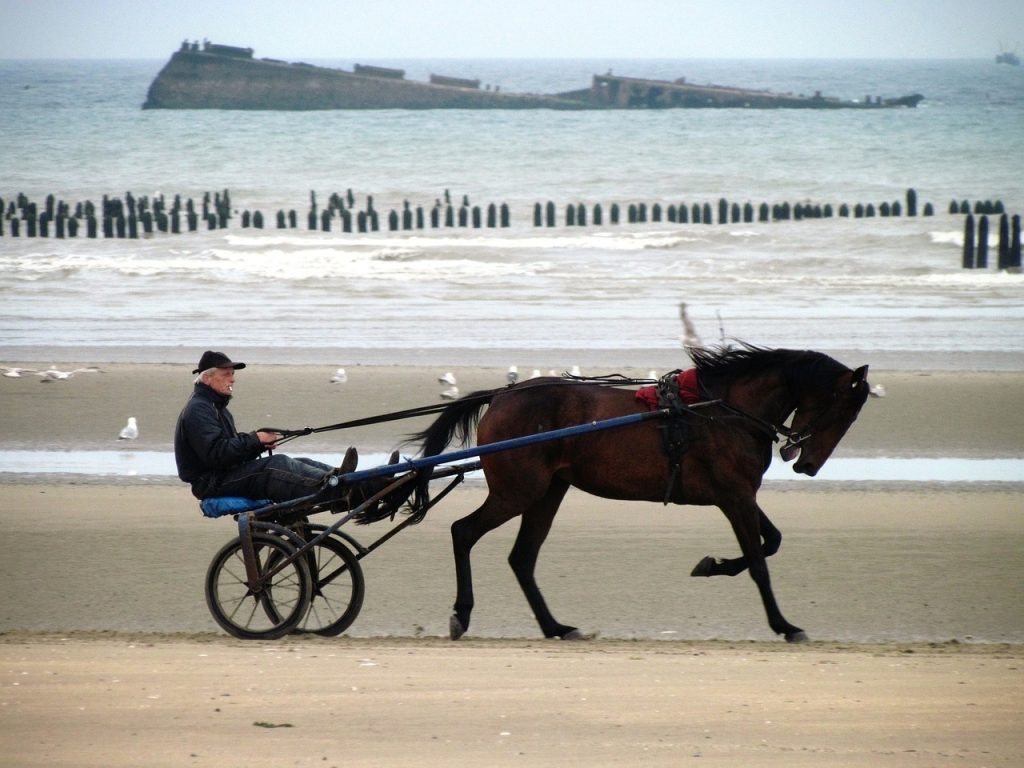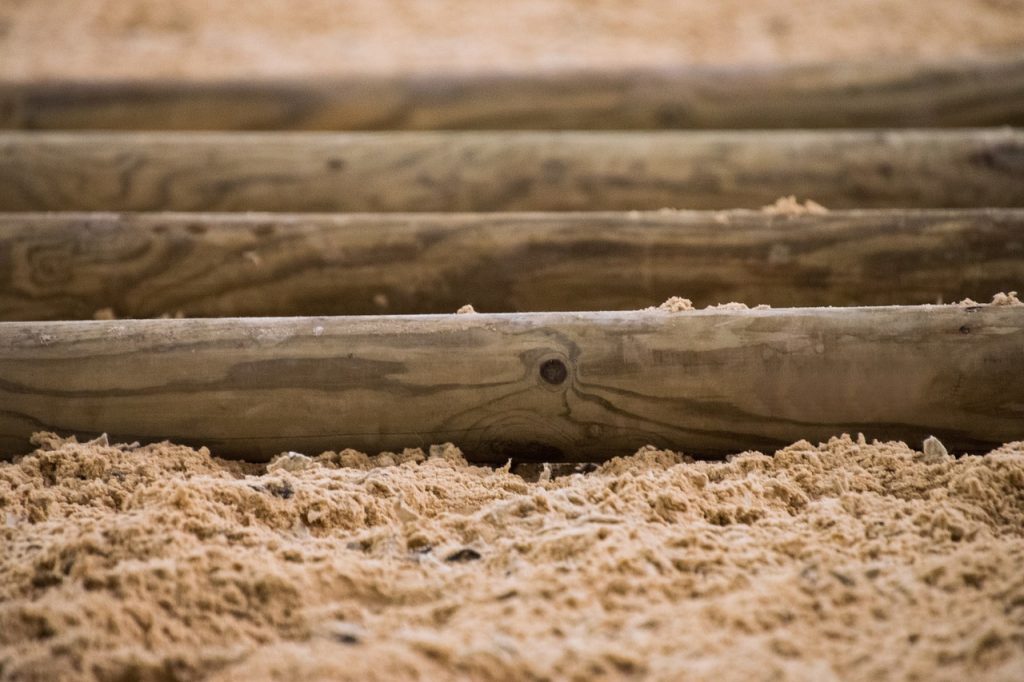Imagine yourself in a tranquil ranch or field, a place where the crisp air intertwines with the soft hum of nature. You’re standing next to a beautiful horse, a magnificent creature with a gentle, yet powerful demeanor. “Essentials of Equine Training 101: Building Trust and Cooperation” is a guide that will equip you with knowledge on how to build a rock-solid bond with these extraordinary animals. As you read, you will gain insights into fundamental horse training which encapsulates techniques designed to nurture trust and cooperation between you and the horse, leading to a safer and more efficient engagement in various activities. This is the sublime world of Equine Training 101.

This image is property of pixabay.com.
Understanding the Horse’s Body Language
Being in tune with your horse’s body language is the first step to a successful training relationship. These subtle signals can tell you a lot about what the horse is feeling and thinking, and it’s important to learn how to read and understand them.
Interpreting the horse’s eyes and ears
Just like humans, horses use their eyes and ears to express their emotions. Wide-open, alert eyes often indicate fear or surprise, while relaxed eyes show a calm and content state. Equally, when their ears point forward they are focusing on something in the distance, but when they’re pinned back against the head, it usually means the horse is upset or threatened.
Significance of horse tail movements
The horse’s tail is another crucial part of their body language. Swishing or wagging tails can be signs of irritation, while a clamped or lowered tail reveals fear or discomfort. On the other hand, an arched or raised tail often signifies excitement or attentiveness.
Deciphering horse’s body stance
The position of a horse’s body can also convey a wealth of information. A tense, rigid stance could mean the horse is anxious or scared, while a relaxed posture indicates a horse at ease. Knowing these cues will improve your communication with the horse during training sessions.
Creating a Safe Environment for Training
creating a safe environment is another critical aspect of effective horse training. Safety isn’t just about reducing physical dangers—it’s also about creating a positive and trusting atmosphere.
Setting up an appropriate training area
An ideal training area should be spacious, clear of hazards, and have a secure perimeter to prevent the horse from running away. The ground should be solid but not too hard, to protect the horse’s hooves and legs from injury.
Key safety measures during training sessions
During training sessions, always wear a hard hat and safety boots to protect yourself. It’s also essential that you avoid staying directly in front of or behind the horse to avoid any sudden kicks or movements.
Dealing with fearful or aggressive horses
Fearful or aggressive horses require extra caution. Try to stay patient and keep your movements slow and deliberate. Never punish a horse in fear; instead, reward good behavior and gradually build trust.
Foundation Training
The foundation training period is all about teaching the horse basic skills and behaviors.
Groundwork Basics
Groundwork is the first step in foundation training. It involves teaching the horse to respond to basic cues, like leading, stopping, and moving in different directions.
Teaching the horse to be led
Teaching the horse to follow your lead is one of the most important groundwork exercises. It allows you to control the horse’s movements and establishes you as the handler’s leader.
Basic commands and their significance
Basic commands such as “walk”, “trot”, “stop”, and “back” create a shared language between you and your horse. They are crucial for controlling the horse’s movements and ensuring both your safety.
Training a horse to accept a saddle and bridle
Receiving a saddle and bridle is a significant step for any horse. This training should be done gradually, allowing the horse to get used to the sensation and weight of the equipment.
Building Trust Between Horse and Handler
A successful training relationship is built on a strong foundation of trust.
Understanding the horse’s natural instincts
Horses are prey animals, which means they’re naturally cautious and alert. Understanding this can help you approach your training in a sensitive way that builds trust.
The role of Consistency in building trust
Consistency is key in building trust. Try to keep a regular schedule, use consistent commands, and follow the same routines each day. This predictability reassures the horse and helps to build a trusting relationship.
Establishing the leader-follower relationship
In their natural habitats, horses are herd animals with clear hierarchical structures. As a trainer, you need to establish yourself as the leader of the ‘herd’ so that your horse respects and follows you.

This image is property of pixabay.com.
Advanced Training Skills
Once the basics are in place, you can start working on advanced training skills.
Lunging techniques
Lunging involves commanding your horse to circle around you on a long line. This helps to reinforce your commands and improve the horse’s fitness.
Hands-on grooming and bonding techniques
Regular grooming is more than just a care task—it’s an ideal opportunity to bond with your horse. It helps you establish a routine, lets the horse get used to your touch, and maintains the horse’s overall health.
Introduction to ridden work
Introducing a horse to ridden work is a pivotal moment in their training. It should be done slowly and patiently, ensuring the horse is comfortable every step of the way.
Working with Problematic Horses
Not all horses are easy to train. If you encounter problems, don’t be disheartened—it’s crucial to remain patient and persistent.
Addressing common behavioral problems
Some common behavioral problems include biting, kicking, and resistance to being ridden. There’s usually a reason behind these behaviors, such as pain or fear, so it’s important to understand what’s causing the problem before trying to address it.
Overcoming fear and aggression
Overcoming fear and aggression requires careful and patient work. Often, these behaviors are consequences of bad experiences, so the horse must learn that they’re no longer in danger.
Training a horse after traumatic experiences
A horse with a traumatic history requires especially sensitive handling. Building trust is even more important in these cases, and you can expect progress to be slow but worthwhile.

This image is property of pixabay.com.
Training Specific Breeds
Different breeds of horses have different characteristics, which should influence your training methods.
Understanding breed-specific characteristics
Understanding what makes different breeds unique can help you tailor your training approach. For instance, Arabian horses are often energetic and sensitive, while Thoroughbreds are known for their competitive spirit and high energy levels.
Developing breed-appropriate training techniques
Once you know the characteristics of your horse’s breed, you can adapt your training techniques to suit. For example, an Arabian could benefit from a more patient and gentle approach, while a Thoroughbred might respond better to high-energy training techniques.
Case study: Training an Arabian horse versus a Thoroughbred
Training an Arabian horse is quite different from training a Thoroughbred because of their unique traits. While you might use a more gentle and patient approach with an Arabian to cater to their sensitive nature, a Thoroughbred might respond better to a more assertive and dynamic approach due to their competitive nature.
Preparing a Horse for Competitions
If you’re training a horse for competitions, a different approach is required.
Training schedule for competition season
Preparing a horse for competition season involves a rigorous and specific training schedule. This is designed to improve the horse’s fitness levels, skill, and technique in preparation for the demands of competition.
Maintaining horse’s physical and mental health during competitions
During the competition season, it’s crucial to keep a careful eye on your horse’s physical and mental health. This involves maintaining a balanced diet, ensuring regular rest periods, and providing emotional support to prevent stress and anxiety.
Race-training for thoroughbreds and other sport horses
Race-training involves a different set of skills, such as speed work and gate training. This specialized training needs to be done gradually and responsibly to avoid any injuries.
Long-Term Care and Training Maintenance
maintaining your horse’s health and training is a long-term commitment.
Nutrition for better performance
Your horse’s diet plays a crucial role in their performance. A well-balanced diet will provide the energy they need for training and helps maintain their overall health.
Regular health checks and vaccinations
Regular vet check-ups and staying up-to-date with vaccinations is key for a healthy horse. This also includes regular dental check-ups, as oral issues could lead to weight loss and a decrease in performance.
Importance of rest and recovery periods
Just like any athlete, horses need rest and recovery periods to perform at their best. These breaks from training help prevent fatigue and injury, and give the horse time to mentally process their training experiences.
Continuous Learning and Training Upgradation
Lastly, successful horse training requires continuous learning.
Staying updated with the latest equine research
Equine research is always evolving, and it’s important to keep up with the newest findings to provide the best training for your horse.
Learning new training techniques
Staying open to new techniques can enhance your training outcomes. This could involve exploring different training methods or learning from other experienced trainers.
Investing in professional development and certifications
Continuing professional development and obtaining relevant certifications can significantly benefit your training abilities. These will equip you with a comprehensive understanding of equine behavior, training techniques, and safety procedures, ultimately improving your overall performance as a trainer.
